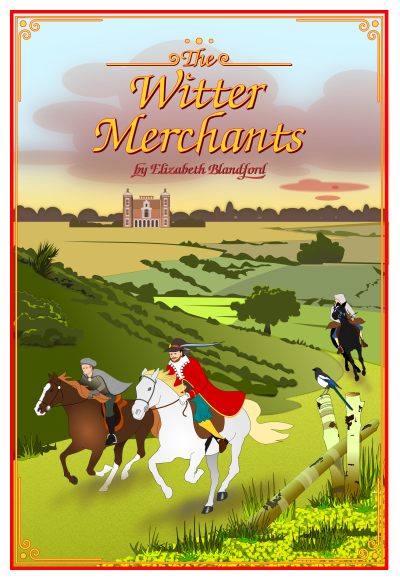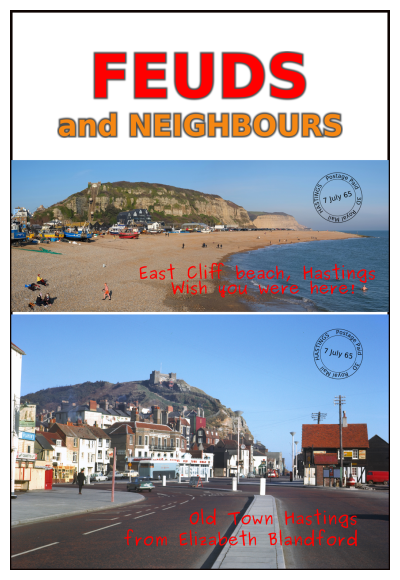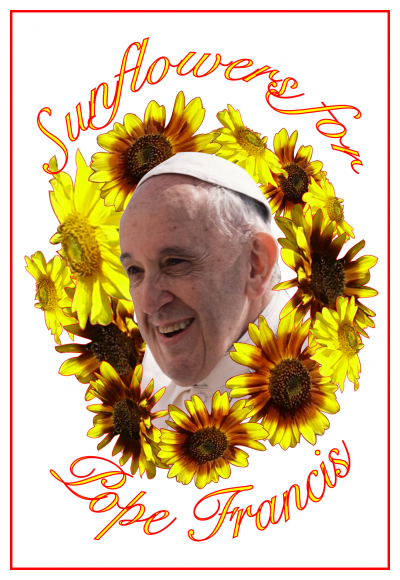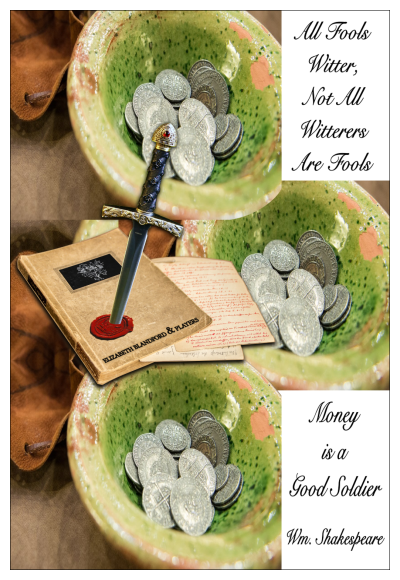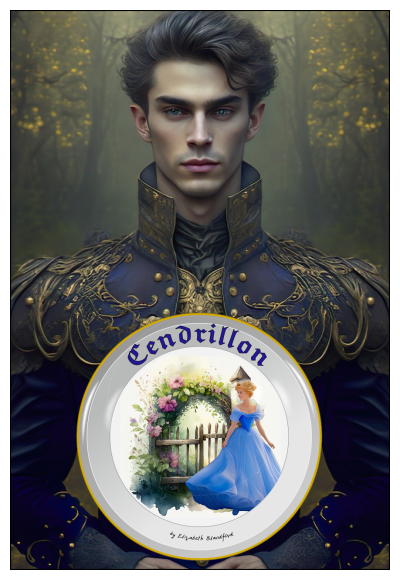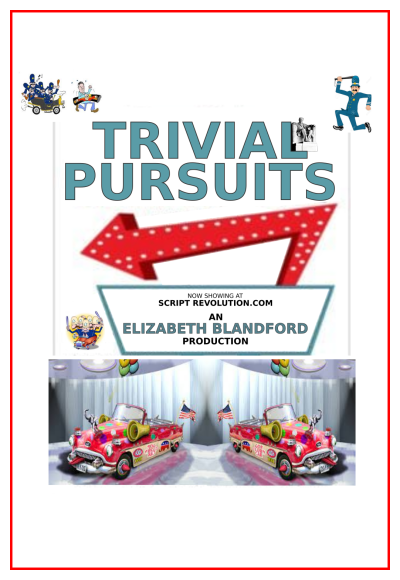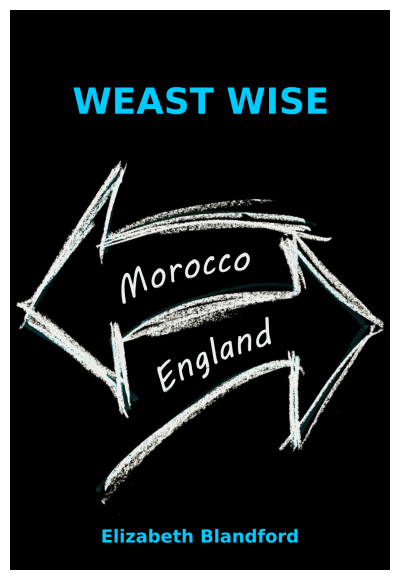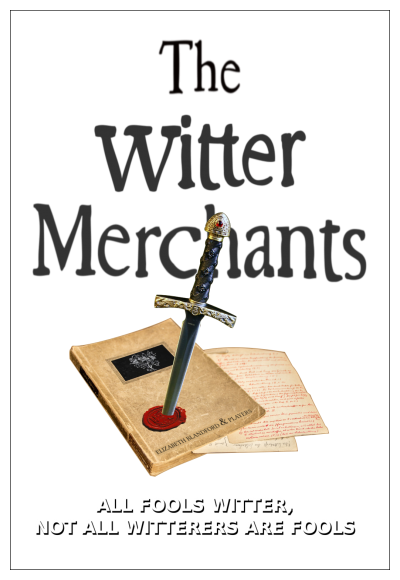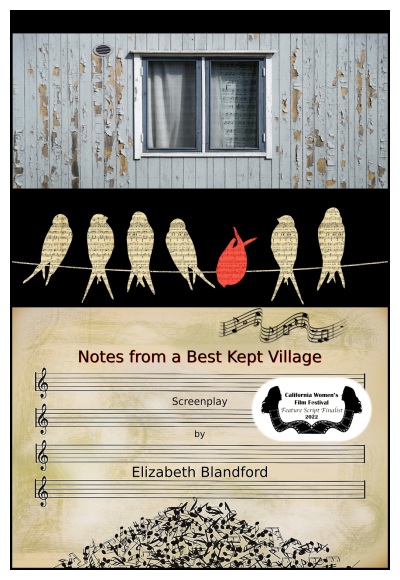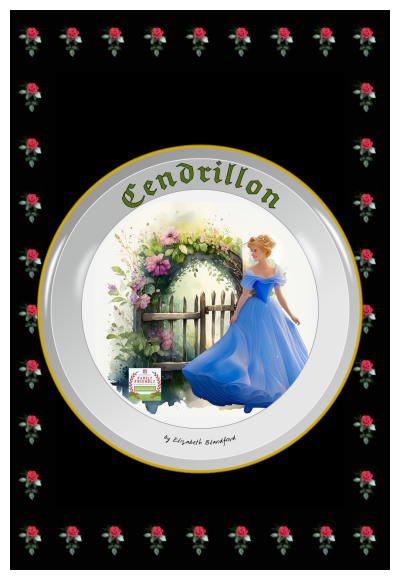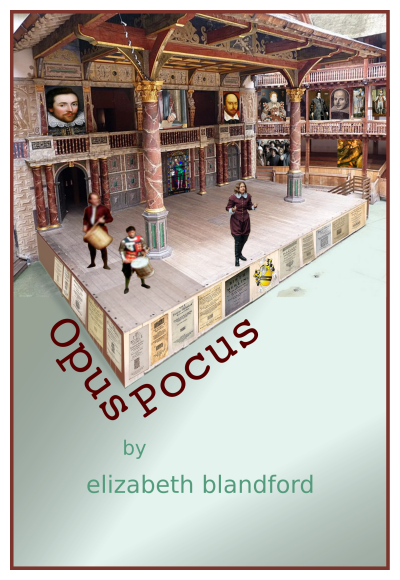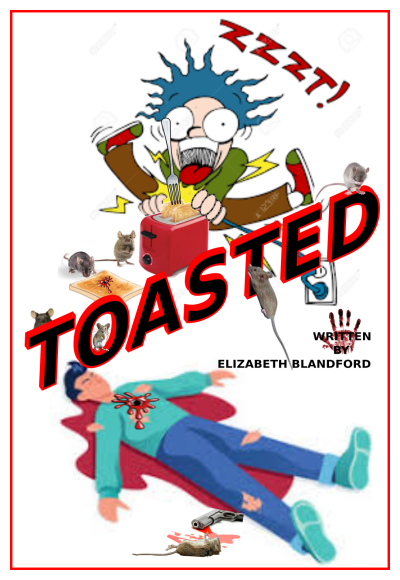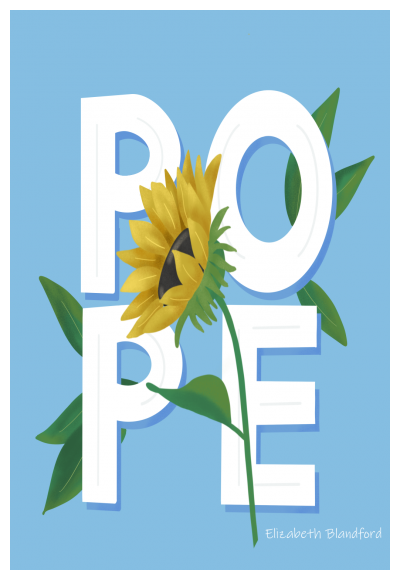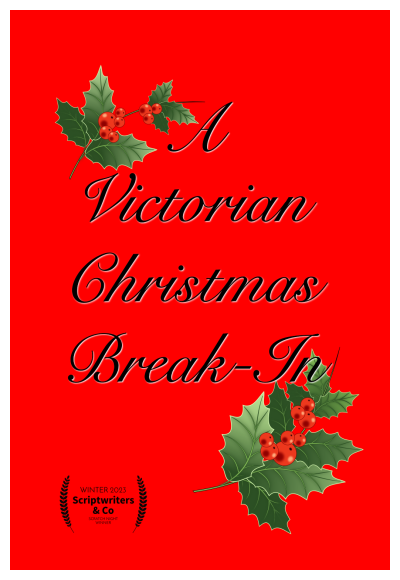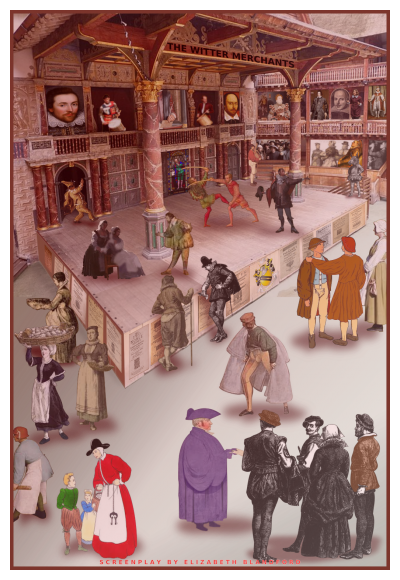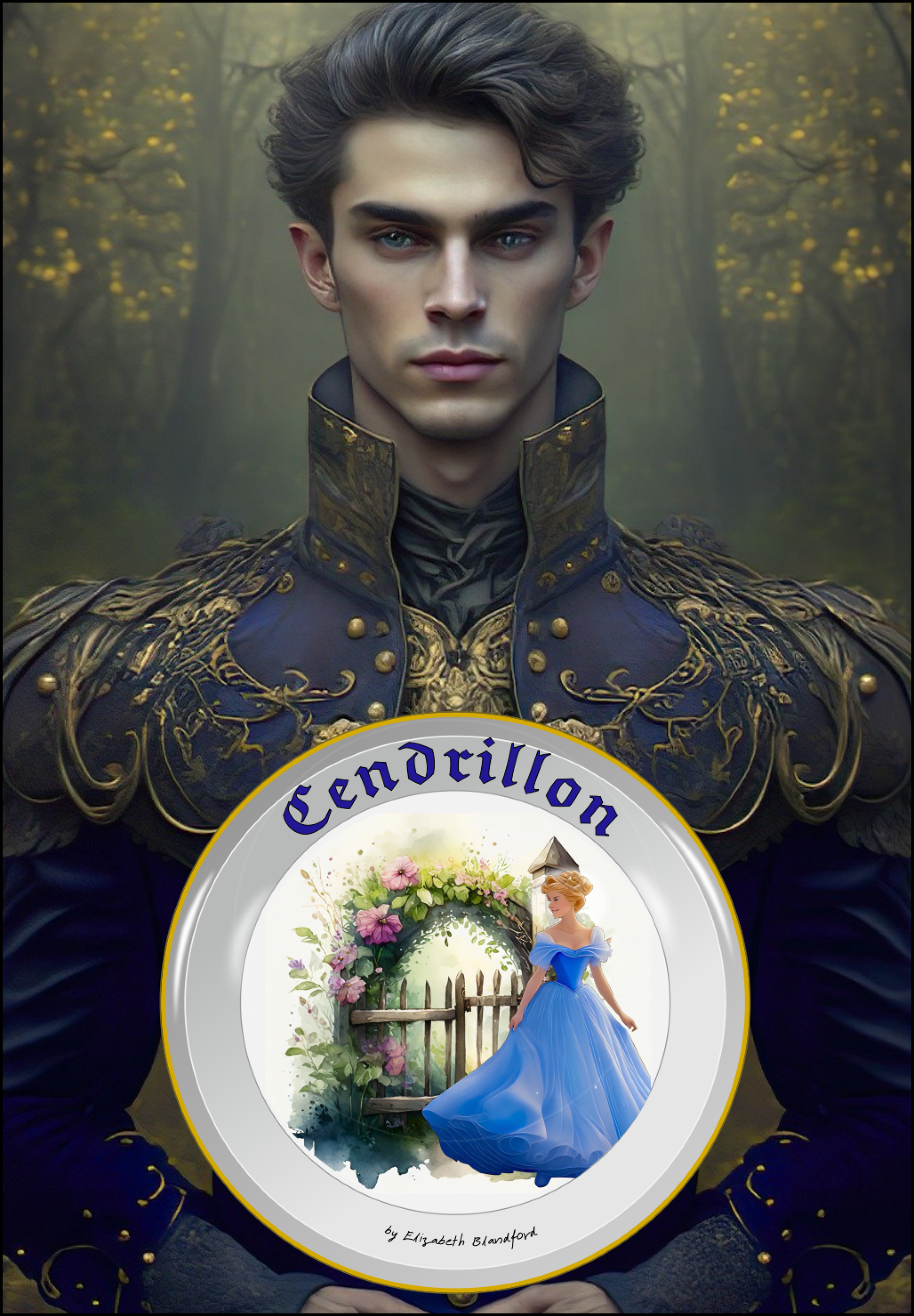
Synopsis/Details
Celine, 20, was orphaned as a young child. Her step-sisters, Solange and Chantal and step-uncle, Francois, treat her as a skivvy on the farm that once belonged to her family.
One morning, Celine absconds with a goat cheese she made hoping to sell it at the market in Limoges.
The kindly Fromager takes it on consignment, promising to pay her if it sells.
Noticing "Model Wanted" card stuck in the window of the porcelain factory and art gallery, she applies within and is hired on the spot by Evan, an American artist, who has been retained by rich, powerful landowner, Valentin Du Plessis to paint scenes of his Chateau and Estate.
Valentin, though engaged to childhood sweetheart Hortense, falls in love with the beautiful Celine, as does Evan.
Francois, finds out that the farm reverts to Celine on her twenty-first birthday the next day, races to the Chateau intending to have the Mayor marry them.
But the Mayor is not at the Ball so Francois kidnaps Celine and rushes off to find the Mayor who is in a poker game at the local cop shop.
Celine escapes and turns the tables on Francois.
As owner of the farm, she has Francois and her step-sisters working for her.
Golden Script Contest 2024: In Consideration.
Cendrillon has considerable production value defined by the strengths and the concept's potential.
A modern reimagining of the classic Cinderella tale set in rural France.
The writer's attention to details aim to make the experience as immersive and engaging as possible.
A fresh angle on the Cinderella trope, it elevates the idea by spicing up the central dramatic situation and develops several sub-plots that work in cohesion with Celine's journey.
The writer manages to elevate the stakes in the second act to make it a page turner.
The epilogue offers answers to all of the previously established dilemmas and questions. It jumps forward a year, offering a catharsis that ties all loose ends together.
Semifinalist: WIKI Contest 2024:
Cendrillon has solid marketplace potential, particularly as a period drama with universal themes of empowerment, resilience, and social justice.
The screenplay's fresh take on a classic story could appeal to both fans of fairytale adaptations and audiences seeking more grounded, character-driven narratives.
Its unique setting, strong female protagonist and cultural specificity are strong selling points.
Strengths:
Fresh modern take on a classic fairytale set in a unique rural French setting.
Strong pro-active protagonist with a compelling arc.
Well developed conflicts that drive the narrative and maintain tension.
Richly detailed world-building that enhances the story's atmosphere.
The beloved fairy tale we know as Cinderella has hundreds of variants in all parts of the globe.
The original, Rhodopis, (meaning rosy cheeks) was an oral tale about a Greek slave girl who marries the king of Egypt told by Strabo, a Greek geographer, around two thousand years ago.
The first literary European version, Cenerentola, (meaning ash cinders) was published in Italy by Giambattista Basile, in 1634.
The version we are most familiar with was published in French by Charles Perrault in 1697 as Cendrillon, meaning (little ashes) and became anglicized as Cinderella. Perrault is credited with the addition of the iconic glass slippers.
The moral of the tale being that beauty is a treasure but graciousness is priceless. Without it, nothing is possible; with it, one can do anything.
Conversely, the second moral is, even possessing intelligence, courage, breeding and common sense, you can still fail without the help and patronage of a godmother.
There are dozens of books, operas, ballets, plays, musicals, films, animations and even video games adapted from or loosely based on the Cendrillon/Cinderella plot.
Cendrillon can be catalogued as a 510A, Persecuted Heroine, if persecuted by a female Antagonist, or 510B if persecuted by a male Antagonist.
In my scripts Cendrillon is a 510B.
All Accolades & Coverage
Semi-Finalist Wiki Competition 2024
Story & Logistics
Story Situation:
Abduction
Story Conclusion:
Happy
Linear Structure:
Linear
Cast Size:
Several
Locations:
Few
Characters
Lead Role Ages:
Female Adult, Female Young Adult, Female over 45, Male Adult, Male Young Adult, Male over 45
Advanced
Subgenre:
Animals, Chase
Country:
France
Time of Year:
Summer

